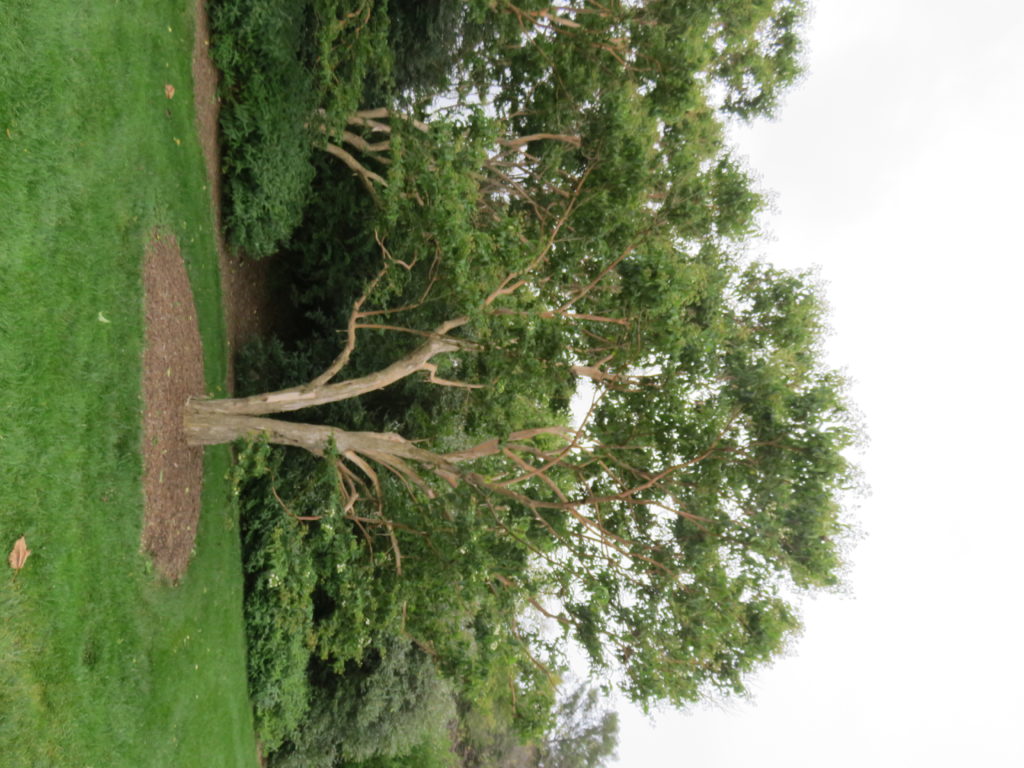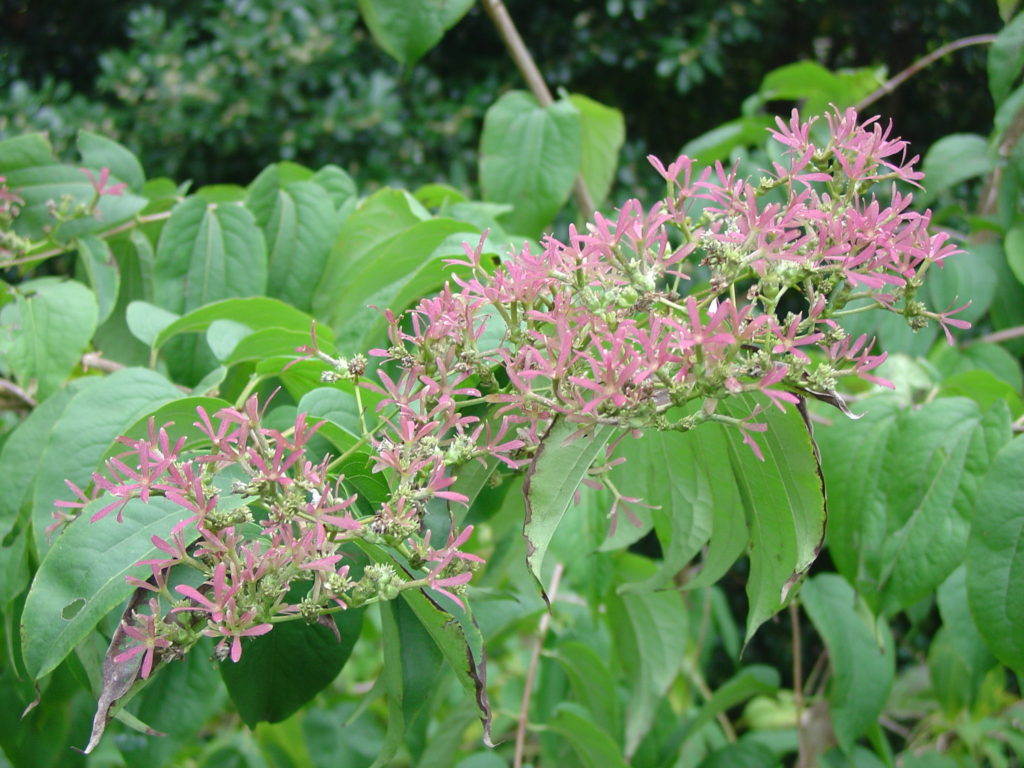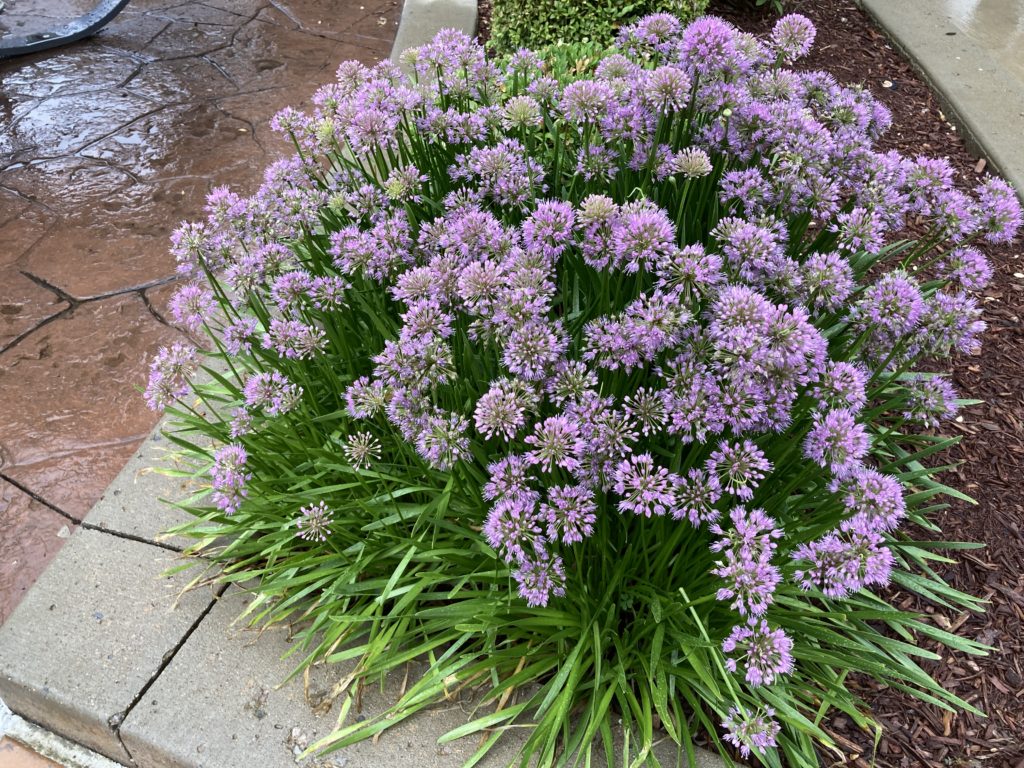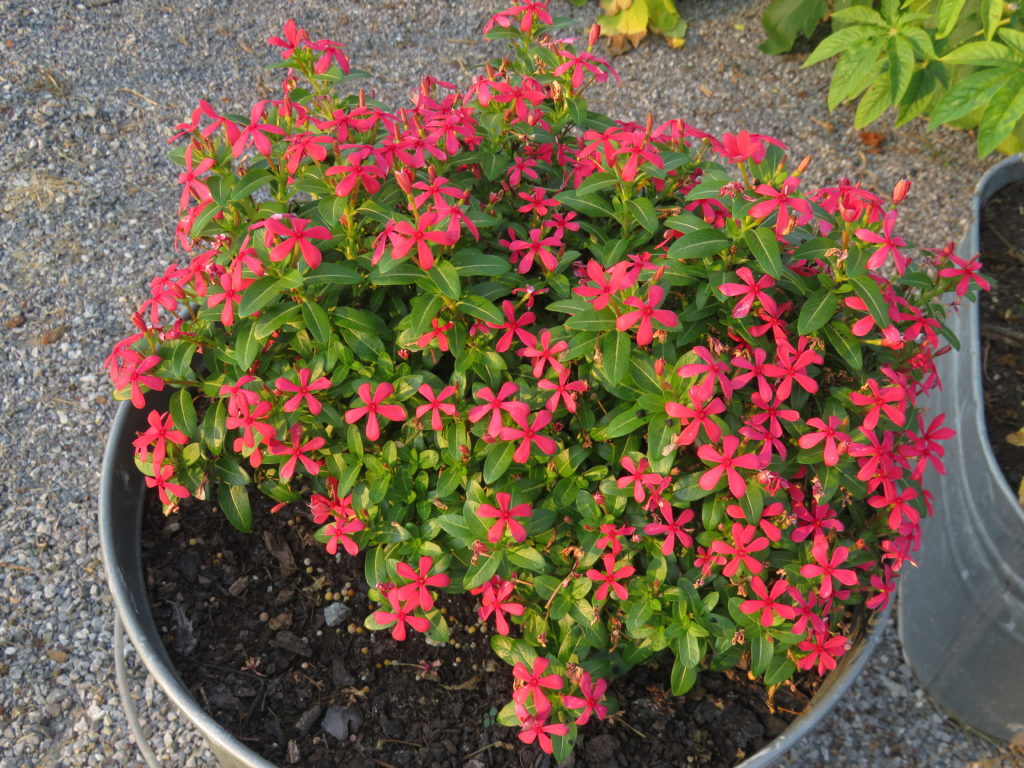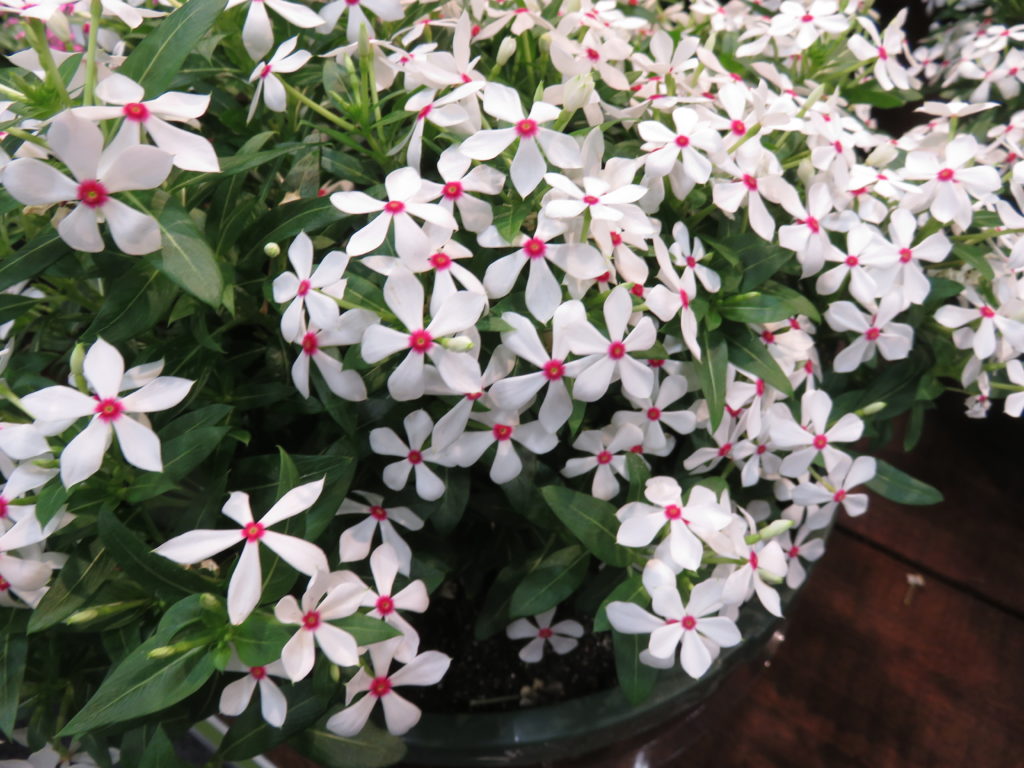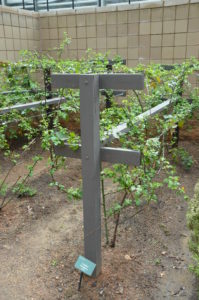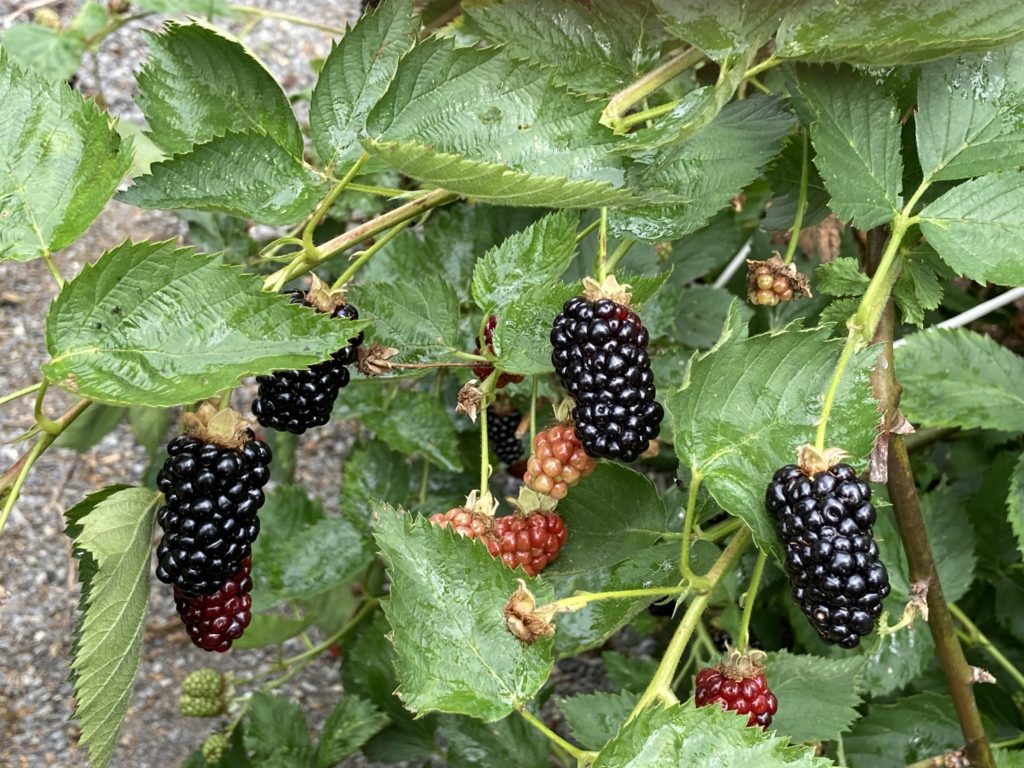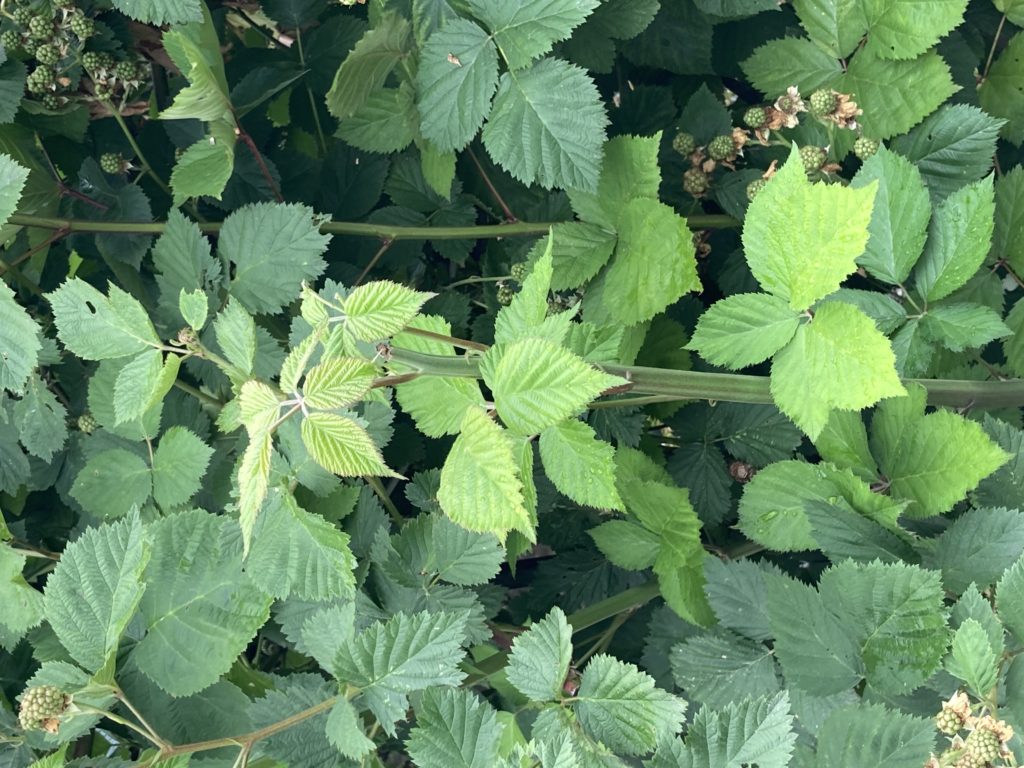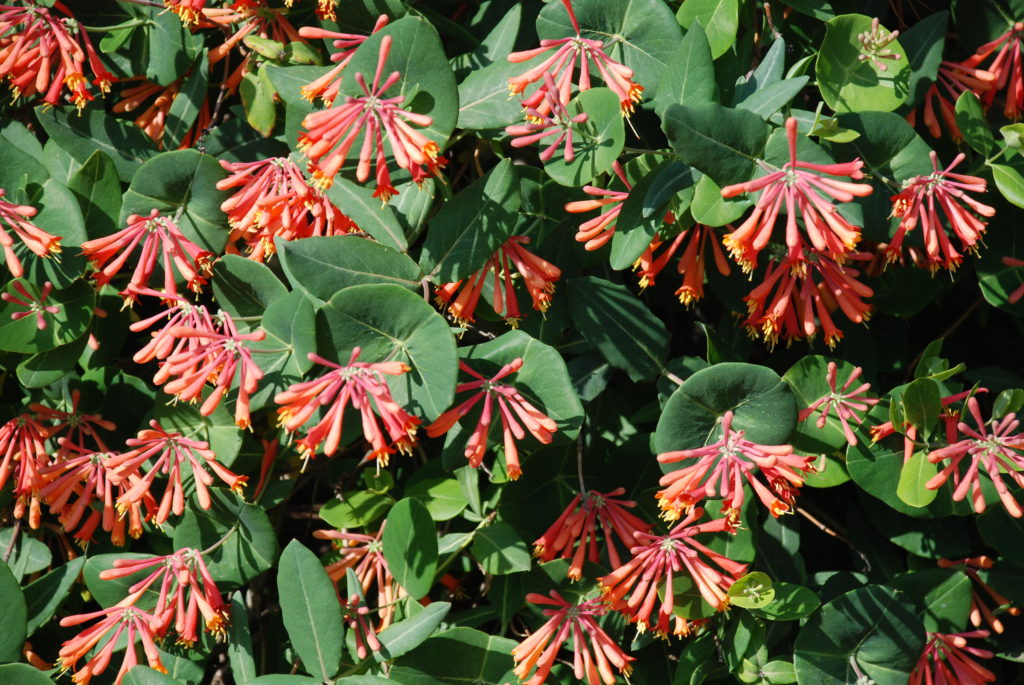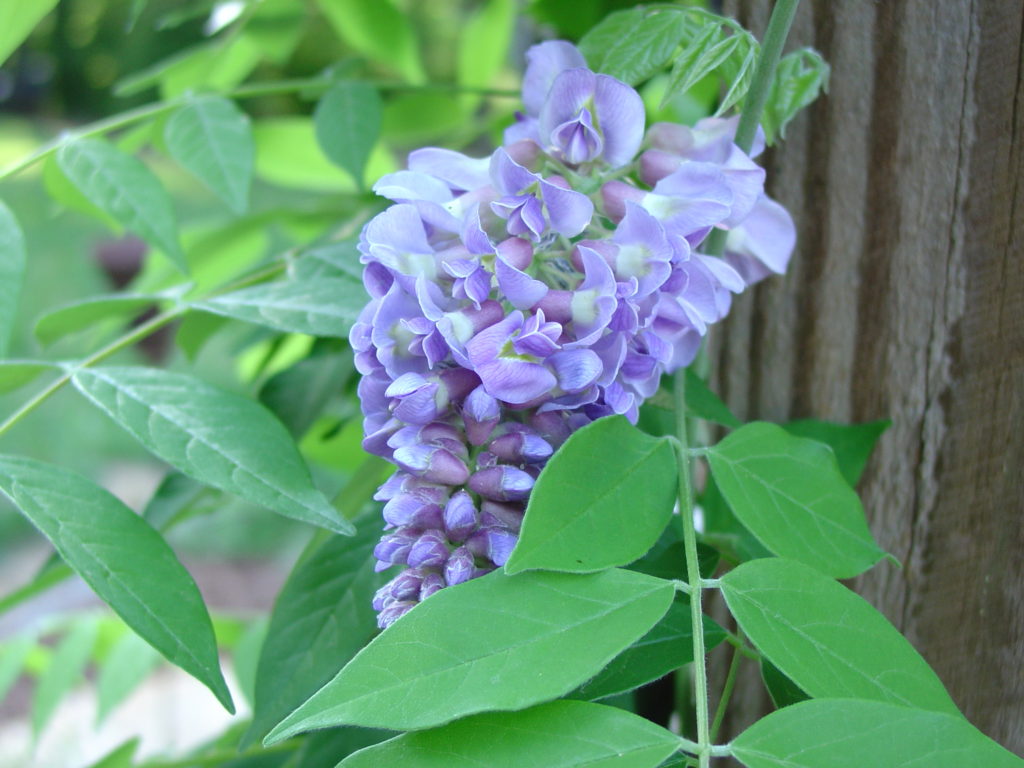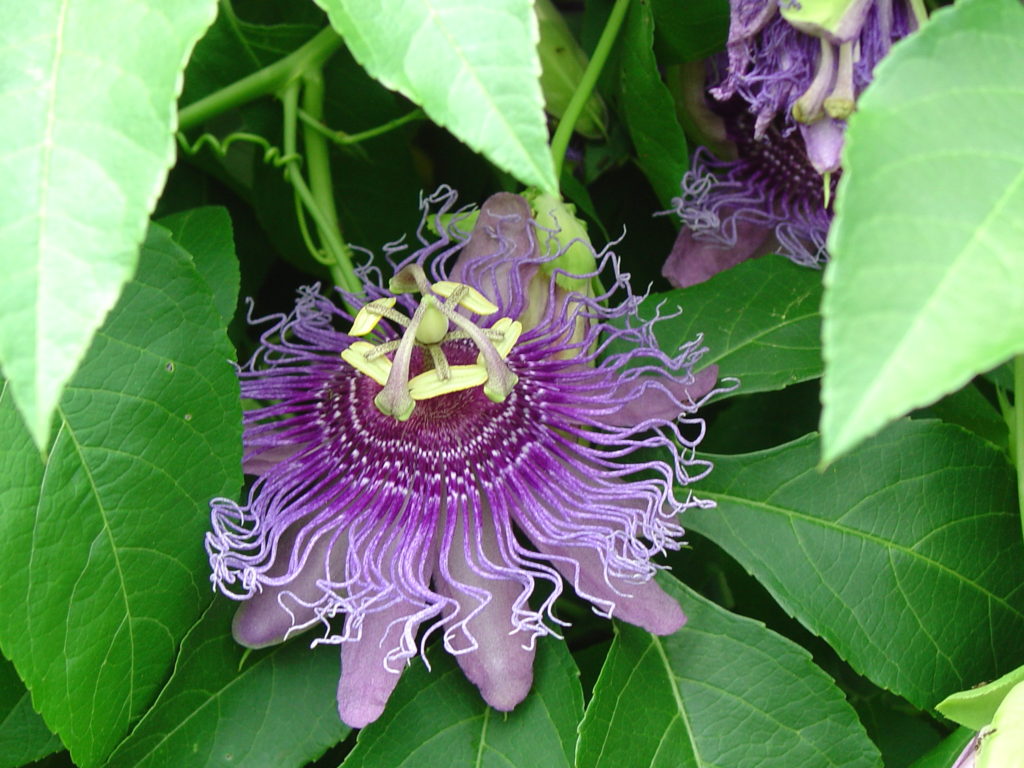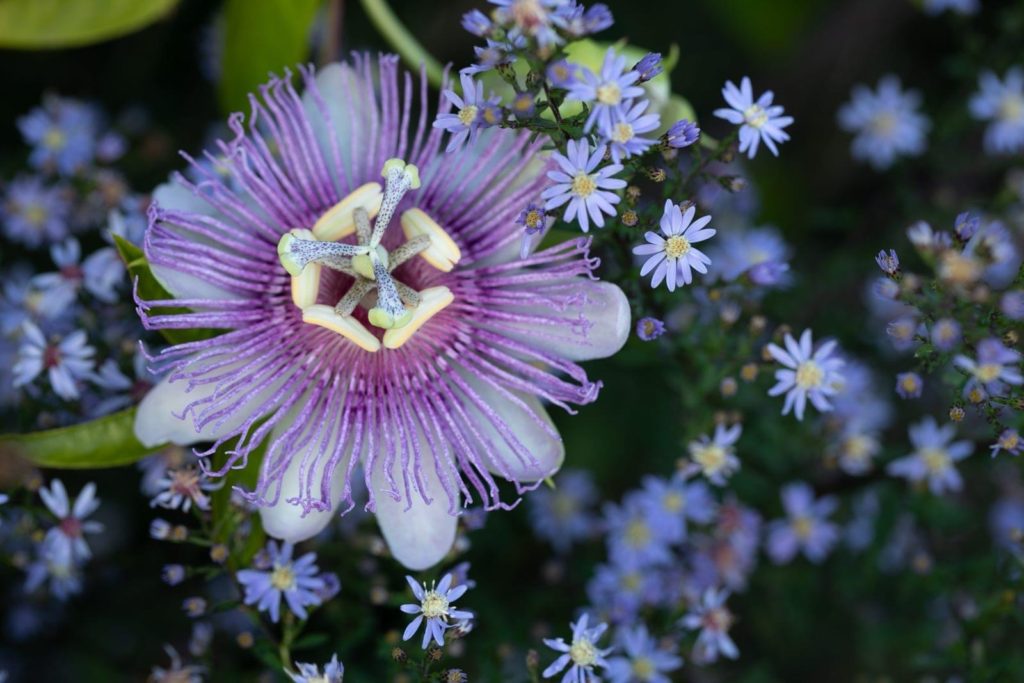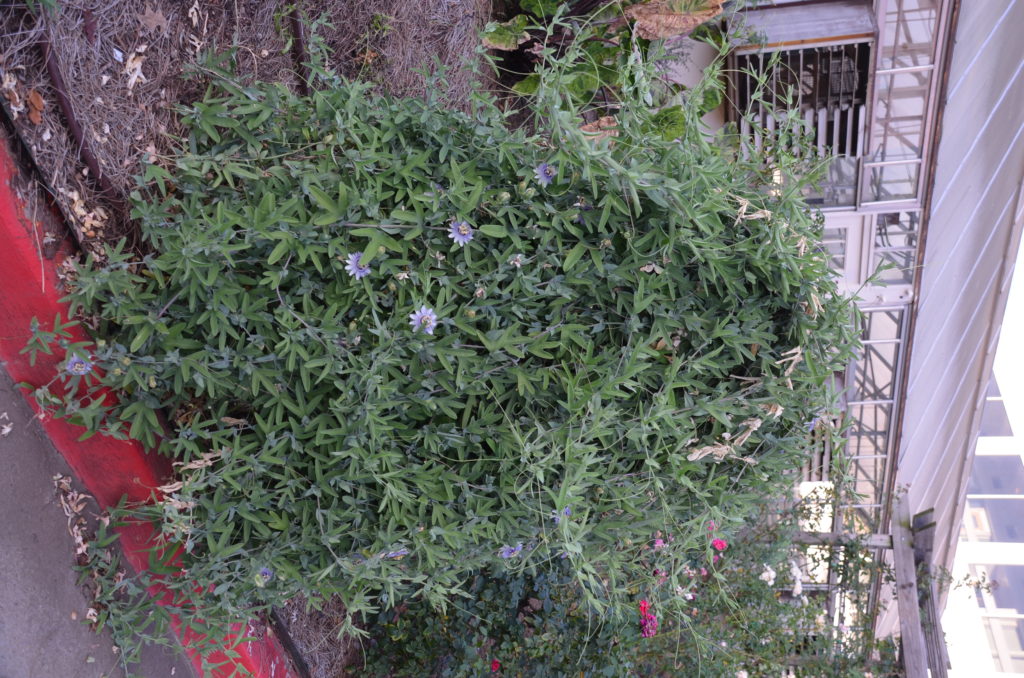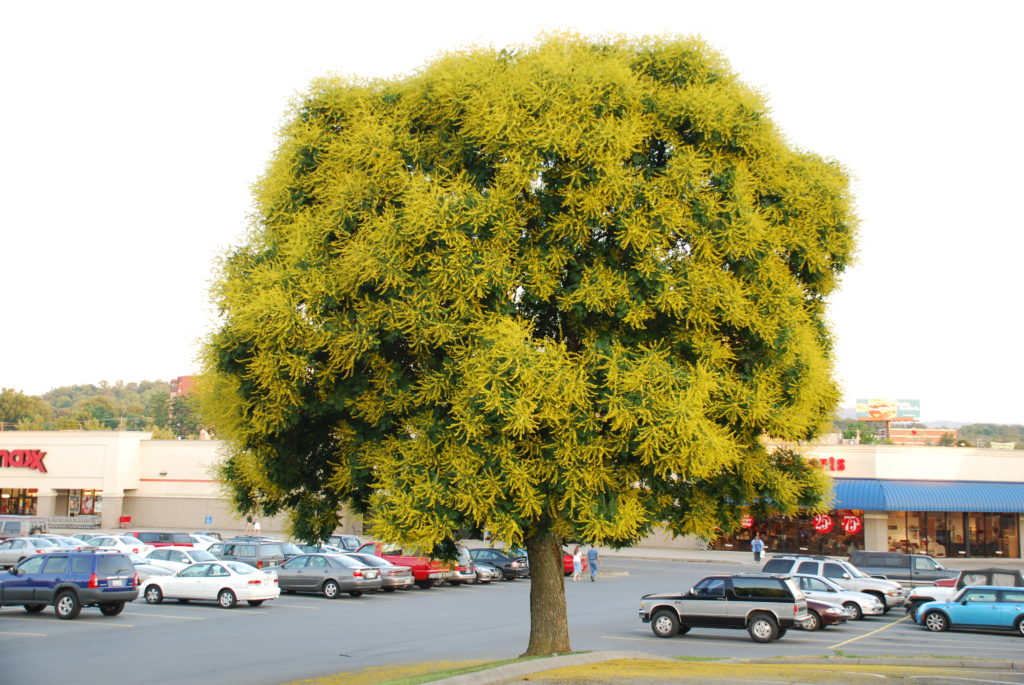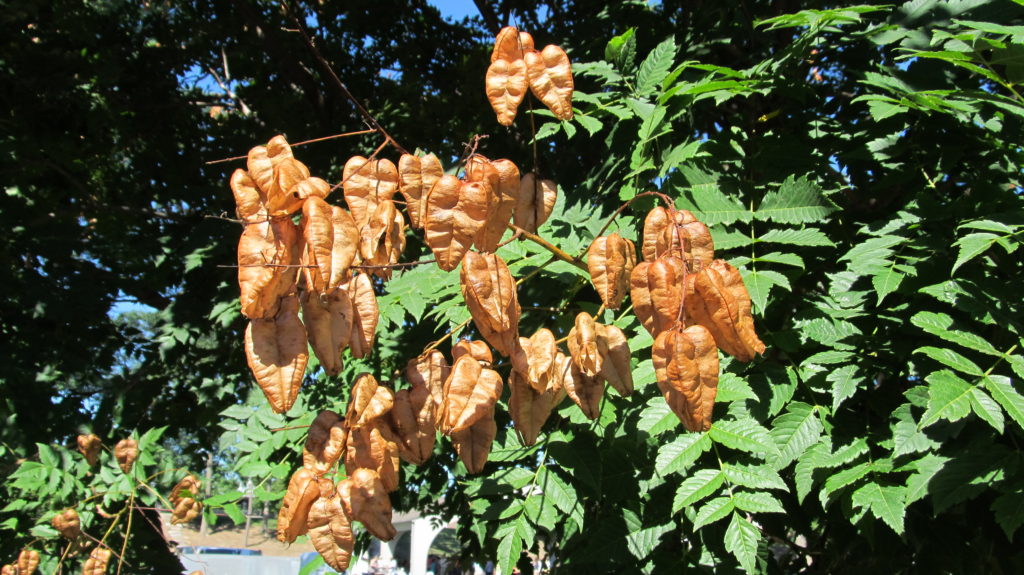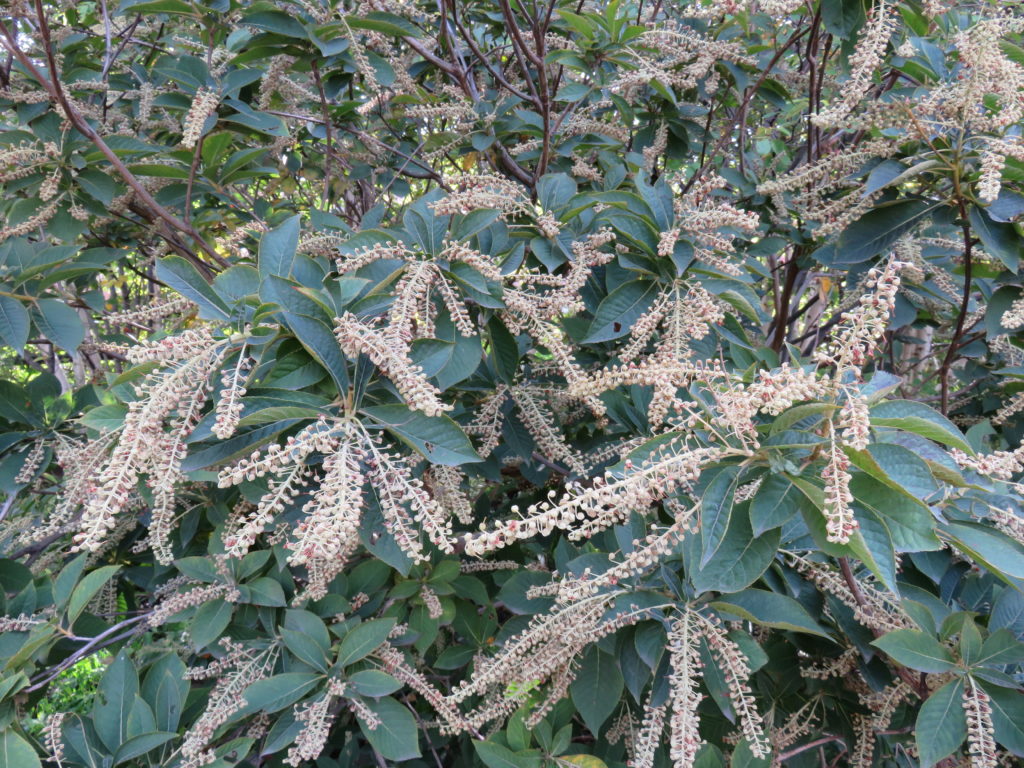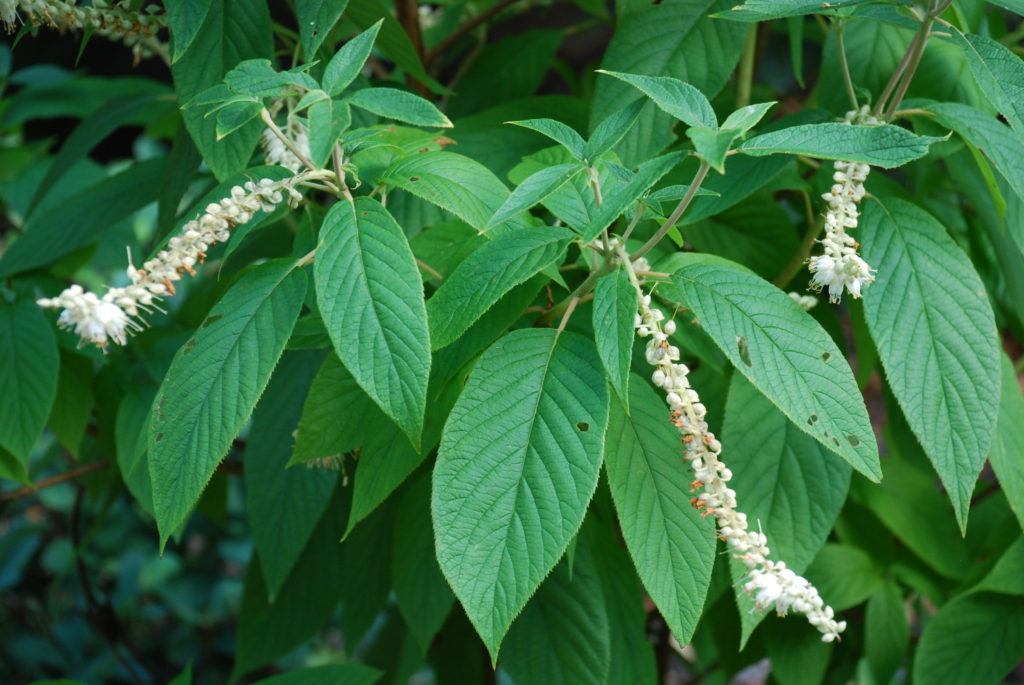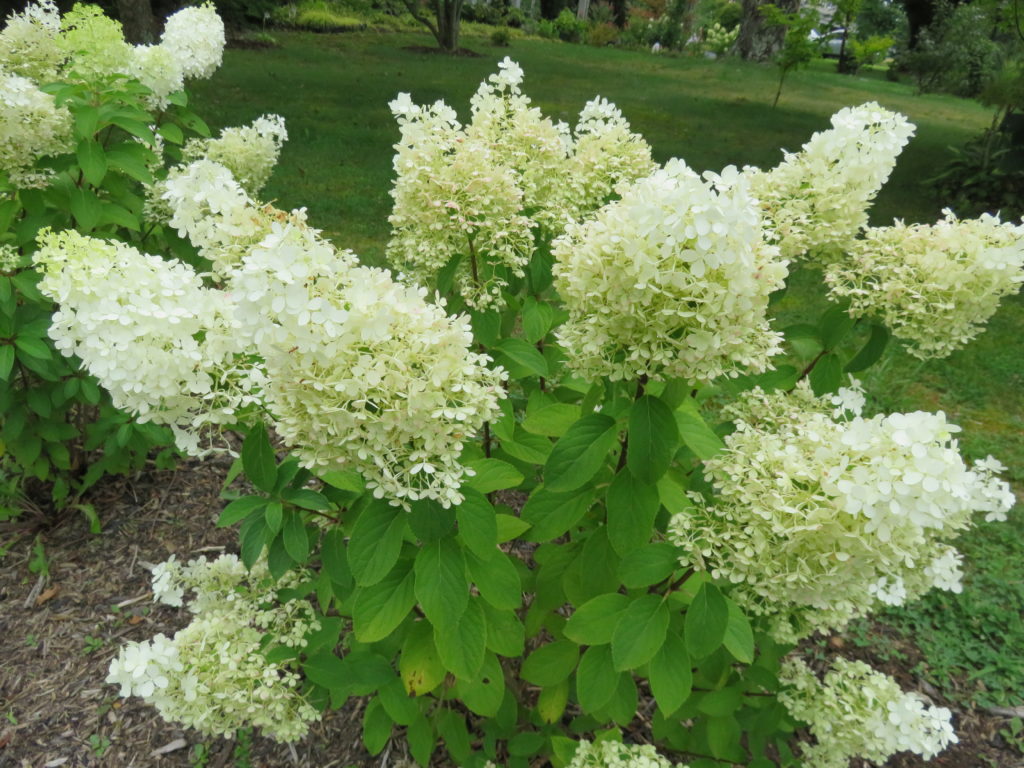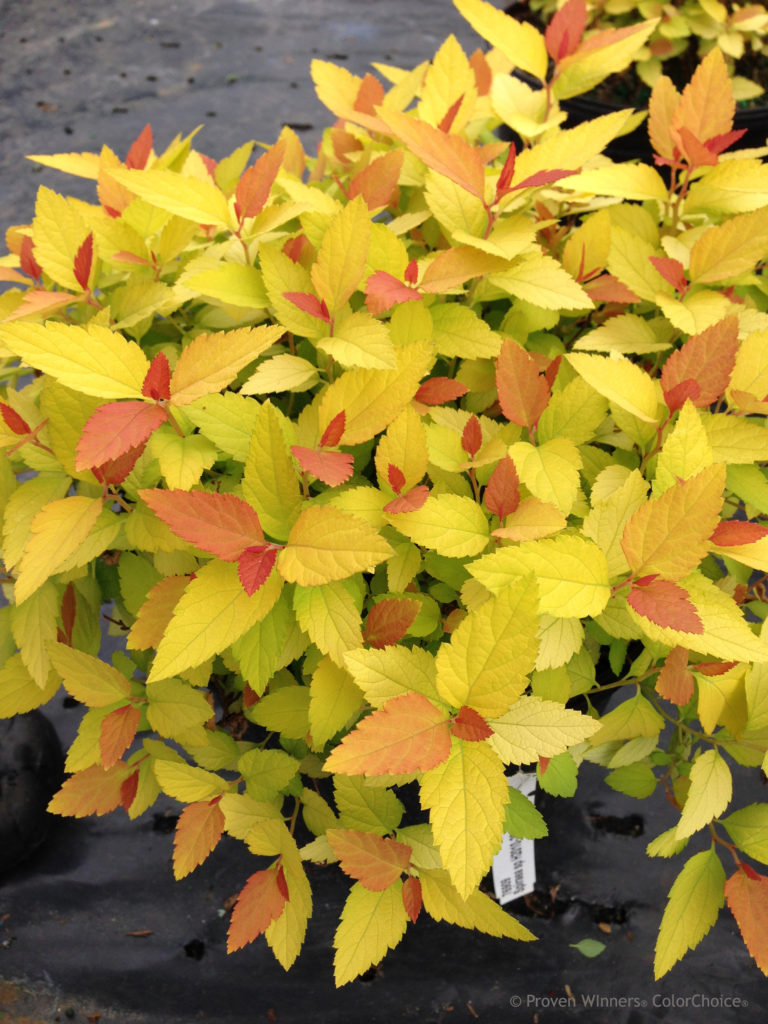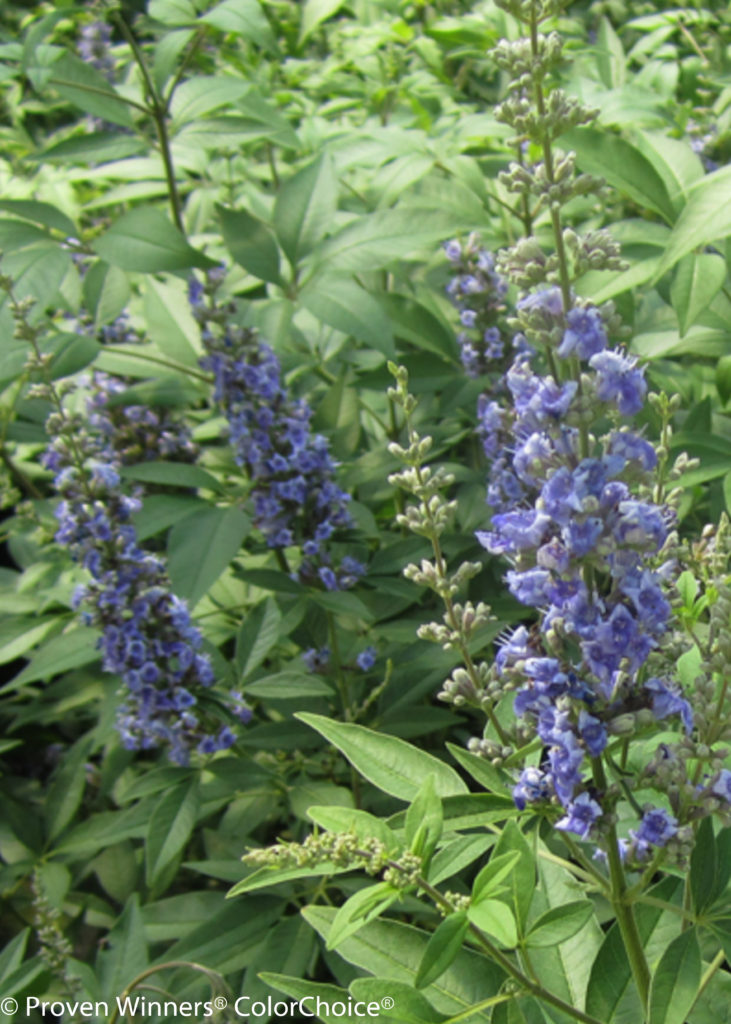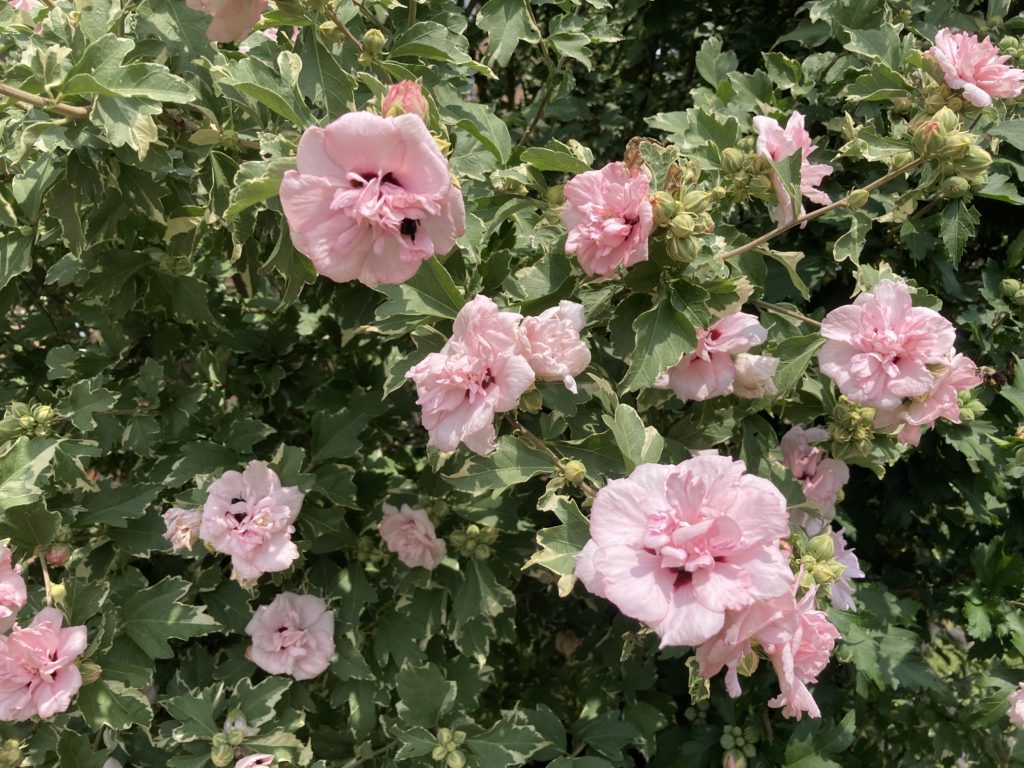
Rose of Sharon (Hibiscus syriacus), aka althea, is a vigorous, upright, vase-shaped, multi-stemmed, deciduous shrub that typically grows 8-12 feet tall with some exceptions. Altheas may also be trained as small trees or espalier. Showy 5-petaled flowers appear over a long summer period and sometimes into early fall. The center of each flower has prominent single staminal column (except where noted). The palmately-veined, coarsely toothed leaves are medium green leaves measure 2-4 inches in length but fall color is non-existent.
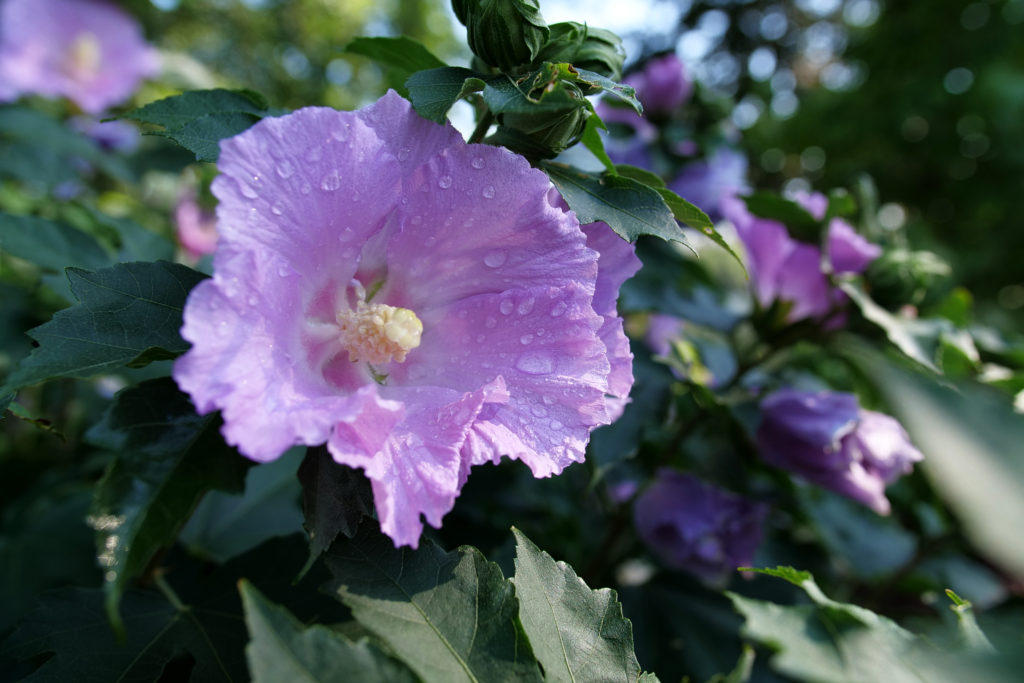
Altheas are highly dependable landscape shrubs and among the easiest to maintain. They grow in average, medium moisture, well-drained soils and in full sun to part shade. Flowering is best in full sun and in moist, humus-rich soils. Established shrubs exhibit good summer drought tolerance. Prune to shape in spring. Old altheas may be cut back to the ground in late winter. Altheas are easily propagated by stem cuttings.
Disease and insect problems cause little overall injury to altheas and new aftergrowth covers up most damage. Feeding of Japanese beetles in June may injure foliage; Neem Oil or Sevin® dust will destroy beetles, Do not use insecticides when altheas are starting to bloom to protect bee pollinators. Altheas are rated deer resistant, meaning deer rather prefer other shrubs.
Altheas may be planted in groups for hedging or singly used as a specimen. Utilize them for foundations and shrub borders.
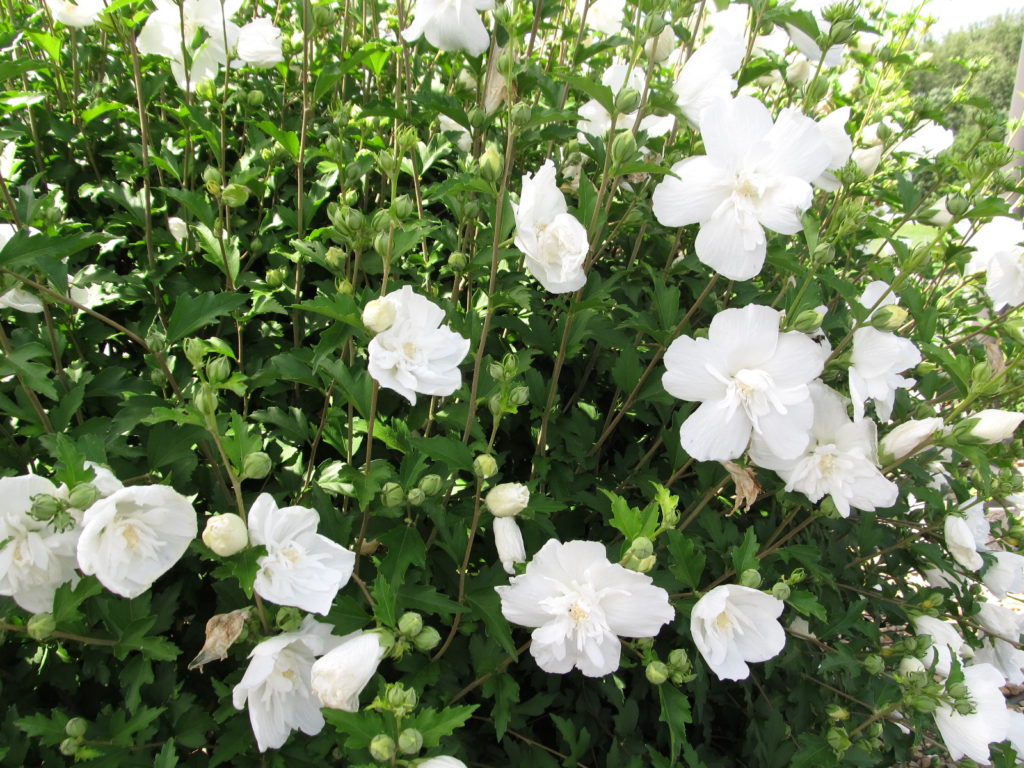
Chiffon® Series is an outstanding series from Proven Winners. Flowers are mostly sterile, meaning they may produce only a small amount of seed. Shrubs grow 8-12 feet tall and 6-10 feet wide. Currently, there are 5 color choices in the series: Blue Chiffon®, Dark Lavender Chiffon®, Magenta Chiffon, Pink Chiffon®, and White Chiffon®.
Pillar™ Series are planted as space-saving shrubs that grow 10-16 feet high and 2-3 feet wide. Now available in three color choices: Purple Pillar®, White Pillar®, and Red Pillar®.
Pollypetite® (H. paramutablis x H. syriacus) is a dwarf hybrid form. This rounded shrub grows 3-4 feet tall and wide with large rounded pure lavender purple flowers with soft ruffled edges and no center eye. Leaves are very dark green.
Paraplu Adorned® (NEW) has leaves that flush bright yellow in spring and are everchanging thru the season. It grows 10 feet tall and 4 feet wide with an upright, vase-shaped, spreading habit that can be trained as a small specimen tree or group several into a privacy screen.
Sugar Tip® is a double-flower seedless form that grows 6-8 feet high and 4-6 feet wide, bright cream and bluish-green variegated foliage and large clear pink double blooms.
Several other varieties are available at garden centers. The varieties listed above are among the best.
Beware: altheas can self-seed aggressively and become a weedy nightmare. Seedless forms are becoming more available.

